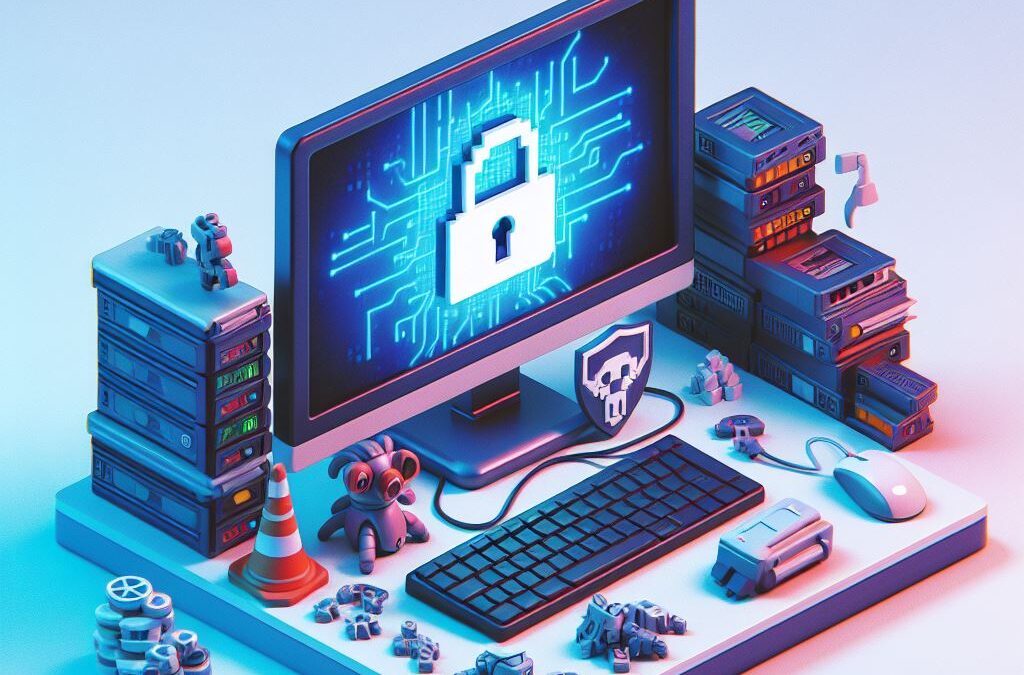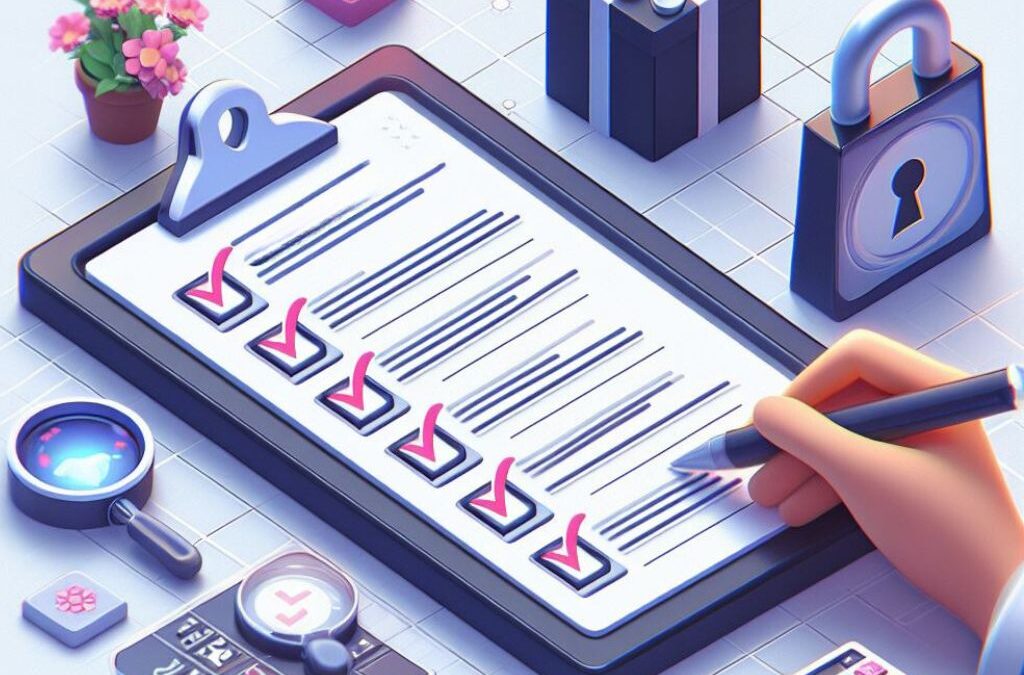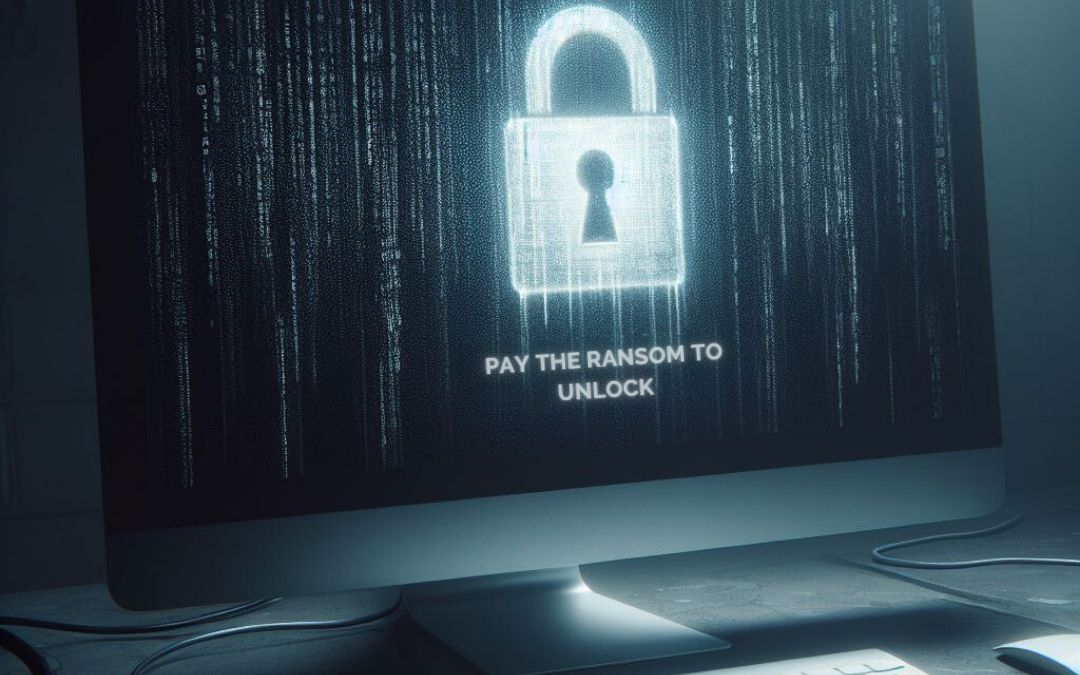Ransomware 101: What Every SMB Owner Must Know – Part 2
When thinking about cybersecurity, you should picture your business as a fortress. Everyday, cybercriminals launch new assaults, trying to breach your walls. Your mission is not just to withstand these attacks but to fortify your defenses so robustly that attackers turn away, seeking easier prey. This part of our guide focuses on transforming your business into such a fortress against ransomware.
Preventive Measures Against Ransomware
“Prevention is better than cure” has never been more relevant, especially for small and medium-sized businesses (SMBs). Ransomware attacks can strike unexpectedly, turning critical data into inaccessible enigmas and disrupting the very lifelines of a business. To safeguard against these insidious threats, it’s imperative for SMBs to build a robust shield of preventive measures. These strategies are not just about averting potential attacks; they are integral to maintaining the integrity, continuity, and trustworthiness of your business in the digital landscape.
Here are 6 carefully picked strategies to help you fortify your business:
Regular Software Updates
Consistently updating your software is a fundamental defense strategy. This includes not only your operating systems and antivirus programs but also any third-party applications you use. The 2020 Verizon Data Breach Investigations Report highlights that many breaches could have been prevented by timely patching. Automate updates where possible to ensure you’re always protected against known vulnerabilities.
Network Segmentation
Divide your network into segments, making it harder for ransomware and other malware to spread across your entire system. By isolating critical systems and data, you can limit the impact of an attack. This approach not only helps in containing the attack but also aids in quicker recovery.
Advanced Threat Protection Solutions
Modern cybersecurity requires modern solutions. Utilize advanced threat protection (ATP) systems that leverage artificial intelligence (AI) and machine learning to detect, analyze, and respond to threats in real-time. These systems can identify unusual patterns that might indicate a ransomware attack, often before the malware has a chance to activate.
Robust Backup and Recovery Plan
A comprehensive backup strategy is your safety net. Ensure regular backups of all critical data, and importantly, keep these backups separate from your main network to prevent them from being encrypted during a ransomware attack. Test your backups regularly to ensure they can be restored quickly and effectively in an emergency.
Employee Training and Awareness
Human error often plays a significant role in successful ransomware attacks. Regular training sessions for employees can significantly reduce this risk. Teach them to recognize the signs of phishing attempts, suspicious emails, and dubious links. According to Proofpoint’s comprehensive 2022 “State of the Phish” report, 80% of all organizations said that awareness training reduced their employees’ susceptibility against phishing attacks.
Email Security Solutions
Since email is the primary way ransomware can get into your network, deploying email security solutions that scan for malicious attachments and links is crucial. These solutions can quarantine suspicious emails and prevent them from reaching end-users.
The main takeaway is creating multiple layers of defense, each reinforcing the other, to build a resilient and secure business environment.
The Ransomware Response Plan
In the unsettling event of a ransomware attack, having a clear and well-thought-out response plan is like having a detailed map in an unknown city. It guides you through the chaos, helping you navigate the situation with clarity and purpose. For small and medium-sized businesses (SMBs), this plan is a critical tool that can mean the difference between a swift recovery and prolonged disruption. A well crafter response plan should include:
- Immediate Isolation of Infected Systems: To prevent the spread of ransomware, disconnect affected devices from your network.
- Notification Procedures: Establish who within your organization should be notified in the event of an attack.
- Contacting Law Enforcement: Engage with authorities such as the FBI or your local law enforcement, as they can provide assistance and guidance.
- Communication Strategy: Plan how to communicate the breach to customers, stakeholders, and the public, if necessary.
The Ransomware Recovery Plan
The aftermath of a ransomware attack could be overwhelming, but with the right recovery and mitigation strategies in place, navigating through this challenging time becomes more manageable. The following steps can help you regain control and minimize the damage in case of a ransomware attack:
- Assessing the Damage: The first step in recovery is to understand the extent of the impact. This involves identifying which systems and data have been affected. It’s like taking stock after a storm to see what needs the most urgent repair.
- Decryption Tools: In some cases, decryption tools may be available, especially for known ransomware variants. These tools can sometimes unlock your data without paying the ransom. However, their effectiveness varies, and there’s no guarantee they will work for every type of ransomware.
- Rebuilding Systems: If decryption isn’t an option, the next step is to rebuild your affected systems. This means wiping the infected systems clean and reinstalling the operating system and software. It’s a bit like renovating a house to ensure it’s safe to live in again.
- Restoring from Backups: Hopefully, you have backups of your critical data. Restoring from these backups can get your business back on its feet. It’s important to ensure these backups weren’t connected to your network during the attack, as this can prevent them from being encrypted as well.
- Seeking Professional Help: Don’t hesitate to bring in cybersecurity experts if the situation feels beyond your expertise. These professionals can provide valuable assistance in mitigating the attack’s impact and safeguarding against future threats.
- Employee Training and Awareness: Reinforce the importance of cybersecurity with your staff. Provide additional training to help them recognize and avoid potential threats in the future.
- Continuous Monitoring: Finally, keep a close eye on your systems after the attack. Continuous monitoring can help you spot any unusual activity early, preventing further incidents.
In the event of an attack, a well-crafted ransomware response plan is vital. It acts as a navigational tool, guiding team leaders and company owners through the chaos with clarity and purpose. Furthermore, the ransomware recovery plan is equally important for regaining control, minimizing damage, and ensuring a swift recovery.



